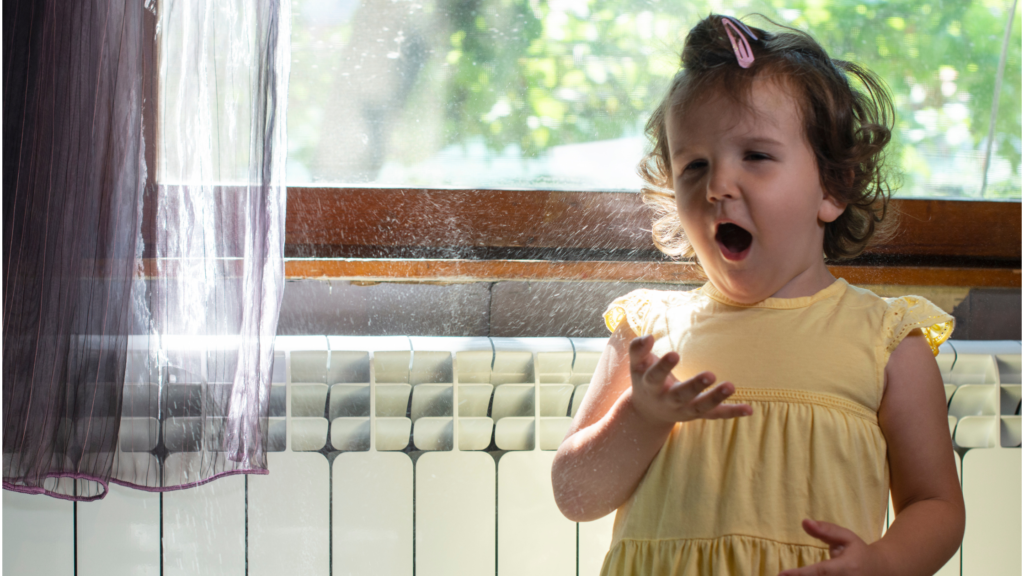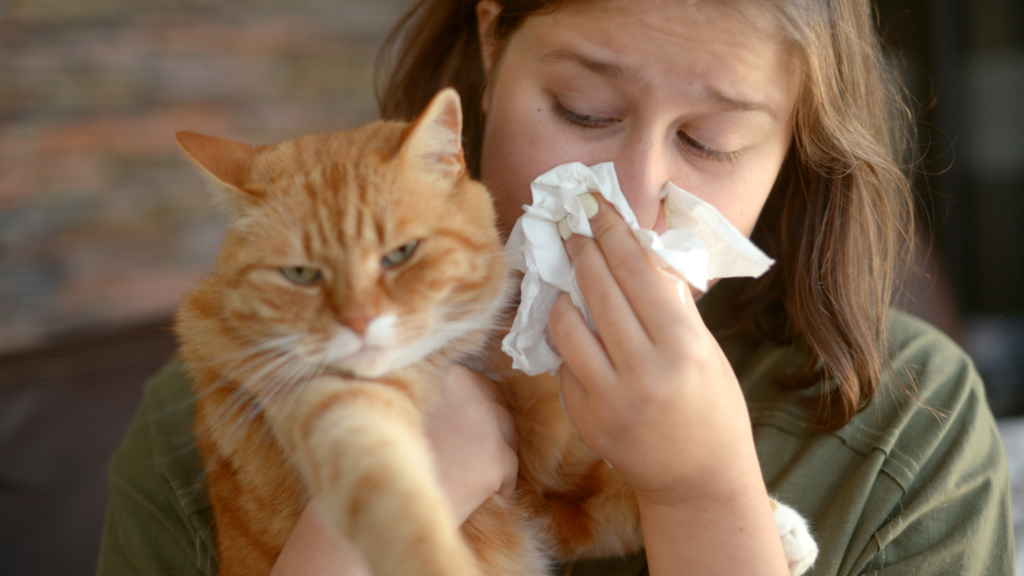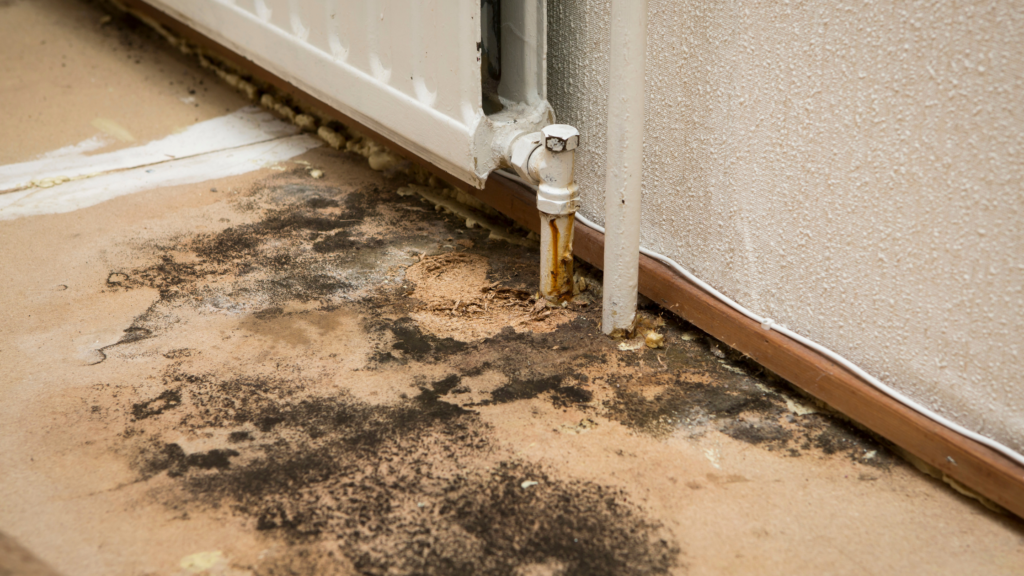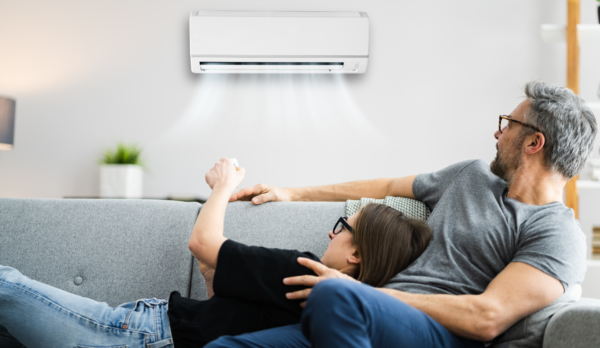As many of us know, an allergy is a reaction of the human immune system to common, usually harmless substances that surround us every day.
When exposed to allergens, the immune system identifies them as a threat and releases histamines and other chemicals, which cause allergy symptoms.
Allergens can enter the body with food, through the skin - with injections or insect bites, through the respiratory tract, and sometimes we can't see or smell them - these are allergies to the sun and allergies to cold. So, this time we will look at how to deal with inhaled allergens.
This type of allergy is often called allergic rhinitis or simply hay fever. Did you know that indoor air can be several times more harmful and polluted than outdoor air? This has already been proven in more than one study.
Table of contents
Allergy symptoms
If you have an allergy to inhaled allergens, you may experience symptoms similar to those of a cold. The only difference is that a cold is caused by viruses, while an allergic reaction is caused by the immune system's response to certain substances in the environment.
Typical allergy symptoms when allergens are inhaled:
- sneezing;
- runny nose;
- shortness of breath;
- difficulty breathing;
- itching;
- headaches;
- fatigue for no apparent reason.
If a person has asthma, environmental allergens can cause much more severe symptoms than in healthy people and can even be life-threatening.
When you have seasonal allergies, you will only feel their effects during certain times of the year, usually in spring, when various plants are in bloom.

Most common environmental allergens
Identifying allergens is the first step to avoiding unpleasant symptoms. Below, we will discuss some of the most common environmental allergens.
Dust mites (also known as dust allergy, house dust allergy)
Dust mites are one of the most common indoor allergens. It is estimated that up to 70 percent of people are allergic to dust.
These microscopic insects live in mattresses and furniture. The symptoms of dust allergy are very similar to hay fever. Dust mites are very tolerant of heat and humidity.
So if you are diagnosed with a house dust mite allergy, your symptoms may worsen in the spring and summer.

Pollen allergy
Pollen is another common allergen. Symptoms of pollen allergy – sneezing, watery eyes and itchy throat – will occur when pollen levels in the environment increase, i.e. during the warm season.

Allergy to pet dander
Common allergens include pet dander and saliva. This allergy is better known as dog allergy or cat allergy. Its symptoms include:
- sneezing;
- itching;
- cough,
- small urticaria-like skin rash.
You may experience these symptoms when you are around an animal, visiting a home where a four-legged friend is kept, or even when driving in the same car that recently transported a dog, for example.
Allergy symptoms can occur even without direct contact with an animal: an allergic reaction can begin if animal dander remains on the clothes of a person nearby.

Mold allergy
Mold spores, although invisible to the naked eye, can cause both mild and severe allergic reactions. Symptoms of mold allergy:
- cough;
- difficulty breathing;
- sneezing;,
- Itching of the skin.
Mold thrives in humid environments, so mold allergy symptoms can worsen when the humidity is above average.
Mold most often settles in bathrooms and basements.However, if the house has poor ventilation and moisture accumulates due to improper ventilation, mold can easily invade the entire house.

Cigarette smoke
Cigarette smoke itself is not an allergen, but it irritates the respiratory tract of many people and simply exacerbates the symptoms of existing allergies.
So, if you are allergic, try to quit smoking and also avoid passive smoking.

Allergy tests
If you suspect that you have an allergy to certain environmental allergens, consult an allergist.
First, the specialist will ask about the bothersome symptoms, ask if anyone in the family has also had allergies. Then, specific allergen tests are performed.
The most common allergy tests are:
- Skin prick test (this is a common allergen test).
- Blood test.
- If your doctor suspects that a food allergen is causing your severe reaction, you may need to eliminate certain foods from your diet. It is estimated that 70-90 percent of people with pollen allergies also have a sensitivity to plant foods.

Allergy treatment
The easiest way to manage allergies is with medication:
- Over-the-counter allergy medications. They are more suitable for treating seasonal allergies: you won't need to take the medication for a long time.
- Prescription allergy medications. If the body's reaction to allergens is particularly severe, prescription medications may be necessary.
- Allergen-specific immunotherapy – a highly effective and promising method of treating allergies, significantly reducing the patient's sensitivity to the allergen. The drugs can be in two forms: 1. Administered when an allergist injects the allergen extract subcutaneously. 2. Administered orally – drops, sprays, etc.
Some medications can cause drowsiness, so sometimes it is necessary to look for a more suitable preparation.
So, consult an allergist - he or she will help you properly manage your allergies.

How to effectively prevent allergens at home?
The most realistic way to combat allergens is to simply reduce their amount in the environment, and at the same time, contact.
Buy a quality air purifier
Air purifiers removes not only allergens, but also dust, viruses, bacteria, mold spores, smoke and other harmful air particles from the environment.
Thus, the quality of the air we breathe is significantly improved, and we can prevent the development of new allergies.
Highly effective - particulate (HEPA) air filters. HEPA filters, compared to others, trap much more allergens, and to ensure the result, you can also purchase a vacuum cleaner with these filters.

Reduce allergens in the bedroom and throughout the home
Use pillow and mattress covers designed for allergy sufferers, thoroughly vacuum the bedroom floor at least once a week, wipe down surfaces, and wash bedding at 60°C.
In general, careful hygiene becomes even more important when fighting allergens.
It is not necessary to close windows when plants are blooming.
People suffering from hay fever were previously advised to close all windows during the peak flowering period, but this is not really necessary. It is enough to simply purchase anti-allergy nets.
Pets have no place in the bedroom.
Keep your four-legged friends out of the bedroom – fewer allergens will enter, and you will sleep better. It is also advisable to bathe your pets regularly: this is a proven way to reduce the amount of dander.
Use saline solution
Nasal sprays are effective in managing and reducing symptoms of allergies, especially dust mite allergies, such as coughing.
Take probiotics
Scientists believe they have discovered a link between gut bacteria and allergies. One study found that people who took probiotics experienced milder hay fever symptoms.
And if probiotics don't significantly improve the situation, at least they certainly won't hurt.







